In this week’s installment of GOING SOLAR we shall take a look at the POWER INVERTER.
The Power inverter, could simply be described as a box of electronics that converts the power from your battery to the power used by your TV and fridge.
In reality though these boxes vary greatly in how they achieve this. This week we shall look at the basics of the power inverter, followed next week by a few calculations that will help us determine the right size and type of inverter for our needs.
In our article “understanding Electricity” we spoke about the differences in the two types of electricity, one being DC and the other AC.
This waveform created by oscillating AC power is called a sine wave. An inverter mimics this wave form in producing AC power, this then allows the AC appliance to run.
Several waveform options are available from the inexhaustible brands and types of inverters currently available. Each waveform has its advantages and disadvantages in relation to your requirements. Let’s break these down and see which inverter works for us.
There are basically two main types of wave forms available on the market today. The modified or simulated sine wave and the sine wave also referred to as the “pure” sine wave or “true sine wave”. Most cheap inverters will be of the modified sine wave family, while the top of the range efficient units will be the in the sine wave group.
What is the difference, modified or sine wave?
Modified Sine Wave Inverters
Virtually all low cost inverters are “modified sine wave”. A modified sine wave is easier and cheaper to produce. It is also a fact that even cheaper modified sine wave inverters have given this type of inverter a bad name. These are the types that make your speakers buzz and won’t run your sensitive electronics such as servers and computer UPS’s. The higher quality inverter manufacturers now make an inverter with this type of electrical output that will run 99% of everything electrical, have a higher surge rating and cost you less than a sine wave inverter.
These inverters are normally good for light load applications such as lighting, TV’s, Fans laptops and some small refrigerators and small motors
Sine Wave Inverters – (Pure and True)
Most high quality inverter manufacturers worldwide have developed quality sine wave inverters to highly efficient levels. Currently efficiency has reached up to around 96% and the electricity from these devices is of a higher quality than grid (ZESA) power virtually anywhere in the world. These inverters, especially when based on the transformer technology, will power anything electrical . . . . . yes, ANYTHING, pumps, stoves, factory equipment etc.
Further Types of inverters
Inverters are available in several forms, from simple off-grid inverters to water pumping inverters. They are grouped as follows:
Off-Grid Inverters
These inverters are designed to take power from a battery bank and deliver that power to your appliances and nothing else. They do not provide a charge to the battery’s, and are used in locations located away from the grid (ZESA). These are most suited to applications that include solar panels and located in areas where the grid (ZESA) is not or will never be available.
Inverter/Chargers (sometimes referred to as On-Grid) Inverters
This type of inverter typically includes a battery in the same box as the “off-grid” inverter. The combination is commonly referred to as an inverter/charger.
This is the most common and most sort inverter in the industry. This type of inverter is usually connected to an existing grid (ZESA) from which the built in battery charger draws power to charge the connected battery bank. Also built into the same inverter is an automatic changeover switch. This allows the inverter to change its output from grid (ZESA) to inverter power. This allows this inverter to act as a backup or standby power source in the event of grid failure (load shedding). This inverter can also be used in “off-grid” applications where a generator maybe used to provide grid type power to charge the batteries.
This inverter is widely used in homes, offices, shops and factories as a mains backup power source.
Solar Inverters
The solar inverter is designed to provide immediate power to the user, and in most cases does not have a battery bank connected. Its main operation mode is to take power straight from the panels and convert it for immediate use.
Typically a solar inverter supplies power to appliances via an inverter/charger, that then charges the battery bank. Usually used in large solar arrays, the solar inverter replaces the standard charge controller making the system more efficient.
Solar inverters operate during daytime only and do not require battery storage, at night they switch off, leaving the inverter charger to provide power overnight.
Solar pumping inverters like the solar inverter above do not have a connected battery bank. Instead they provide power directly to a connected AC pump.
In cases where high volumes of water are required, the use of AC pumps is often necessary. This is where the pumping inverter comes into its own.
So what do I need?
The question above can be answered in a few short sentences:
Choose a cheap modified sine wave inverter if your needs are modest and occasional.
Choose a high quality modified sine wave inverter if you want value for money and a 99% usable product.
Choose a high quality sine wave inverter if you want the best available. It also to note that if you want to power “anything” then this is the range to go for.
This week we will leave it here and let you digest this information, please feel free to get in touch with us anytime and we will try and respond as quickly as possible. Have a great and energetic week ahead ! !
Please keep sending your questions to us at tech@clamorepower.com. The more you communicate with us the better placed we will be to offer clearer and simpler answers that will help you get energy independent yesterday. You can also visit our FAQ page for more information.
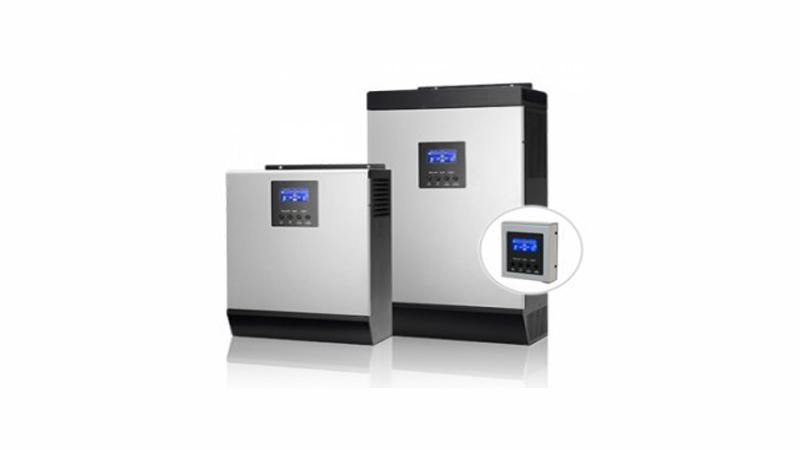



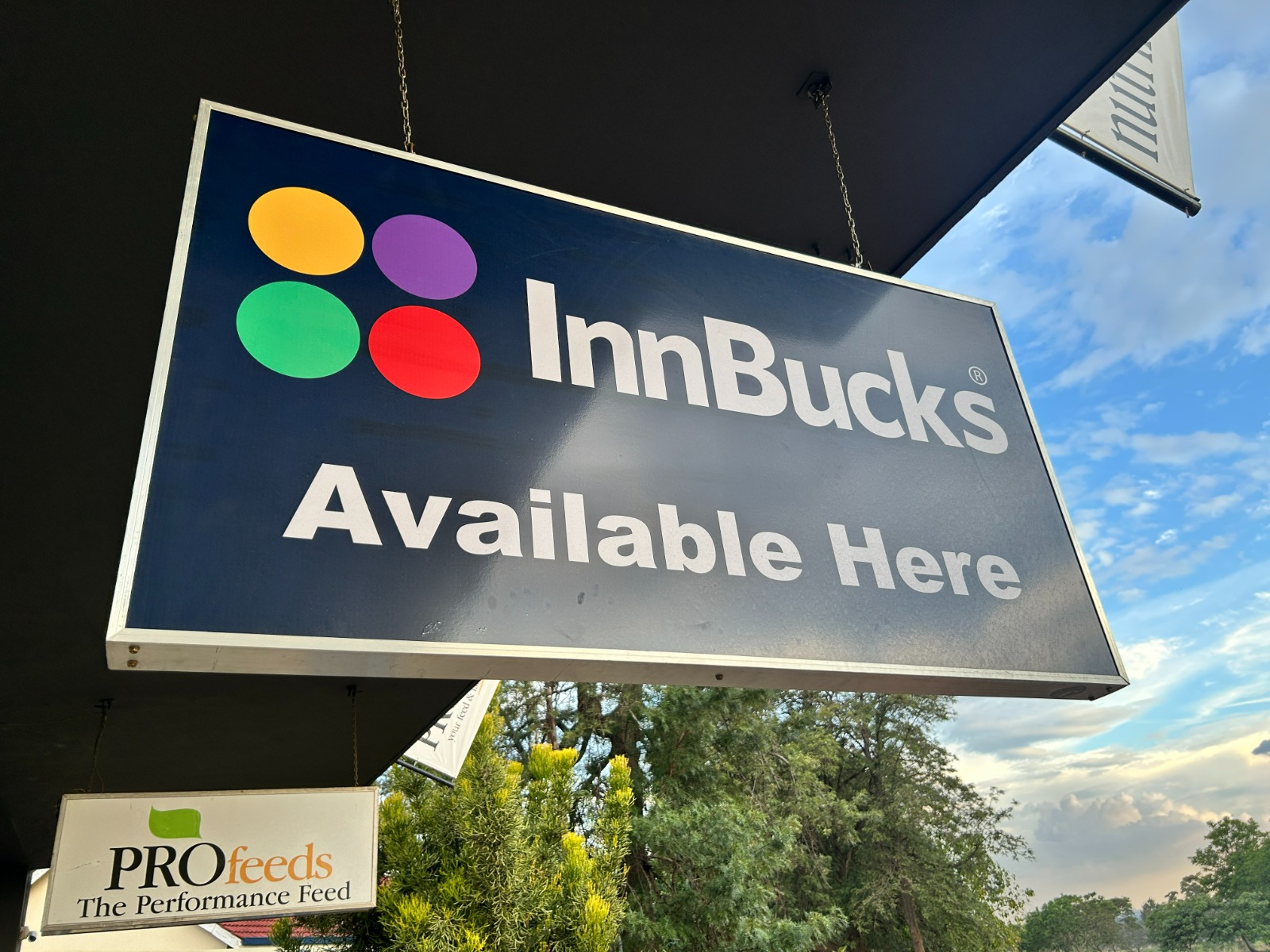
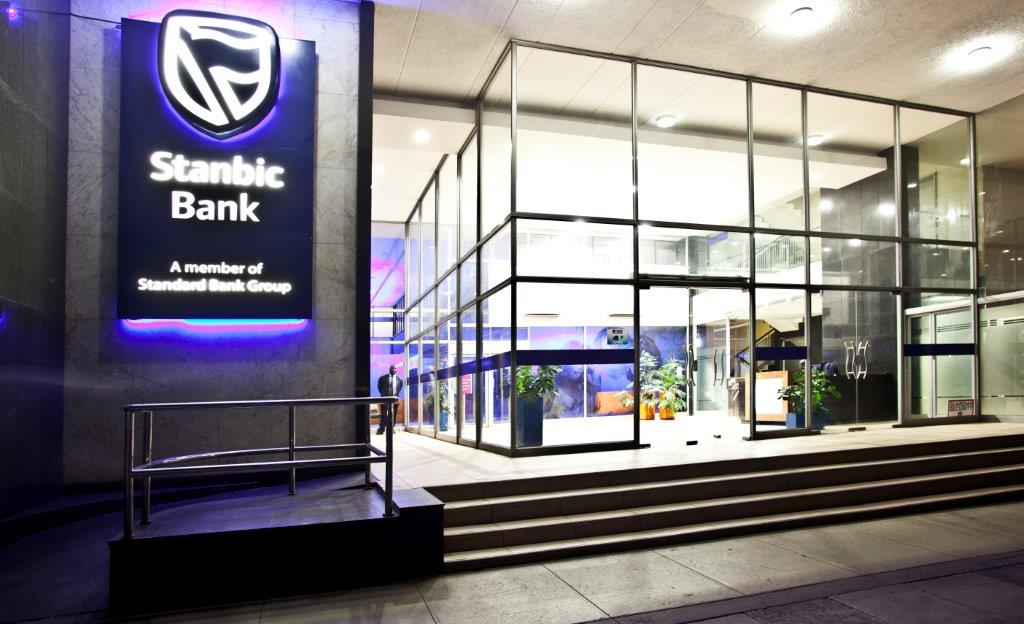

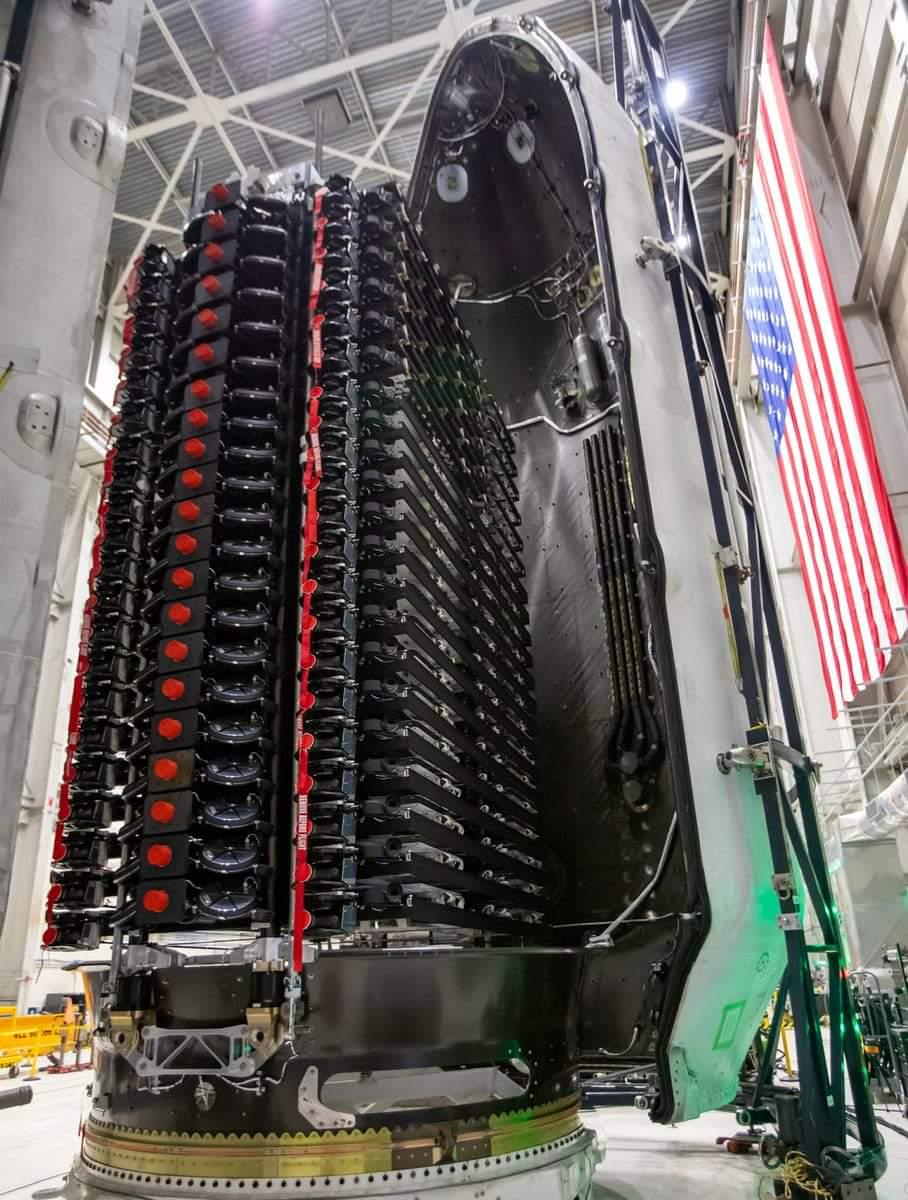
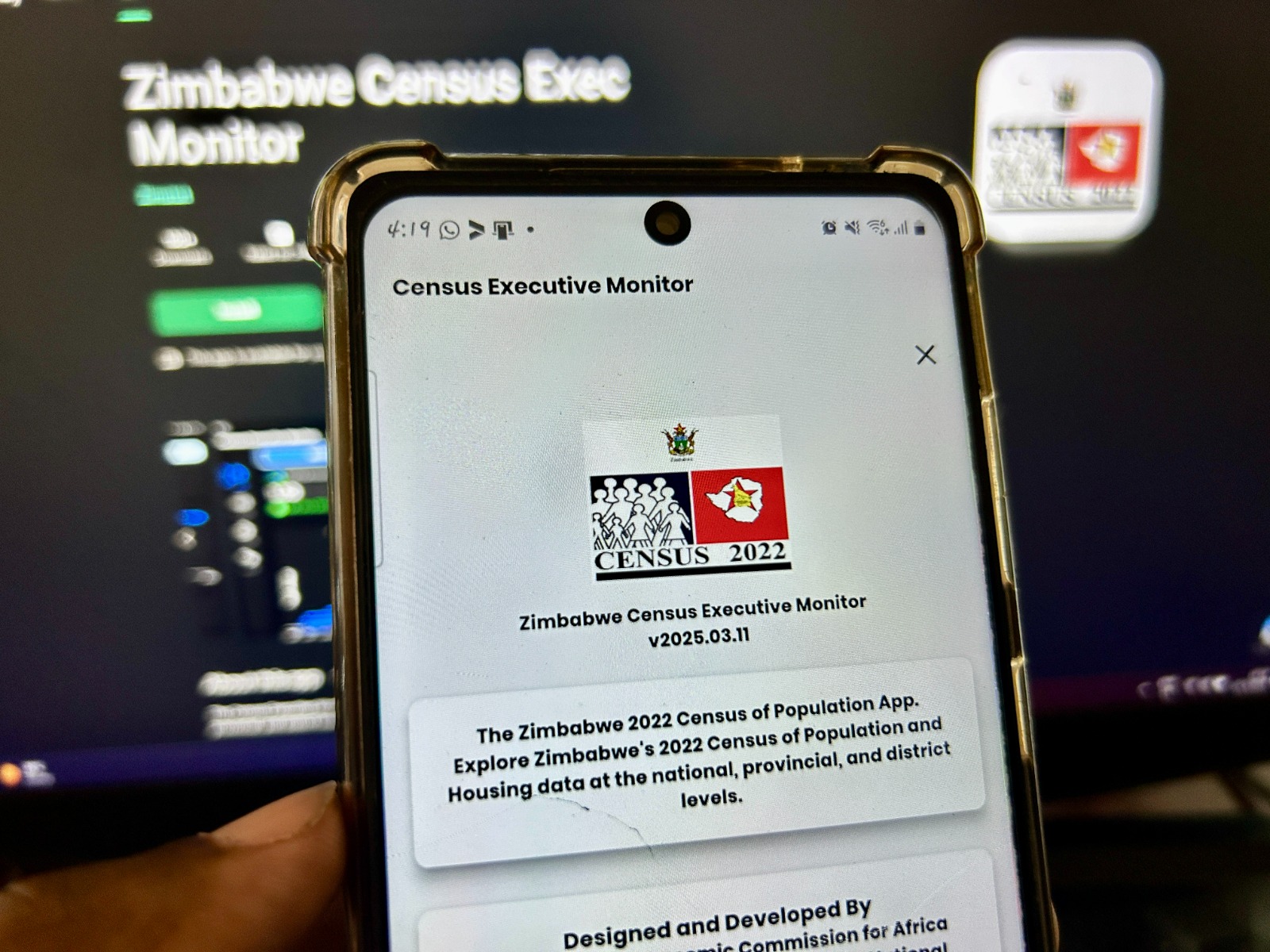

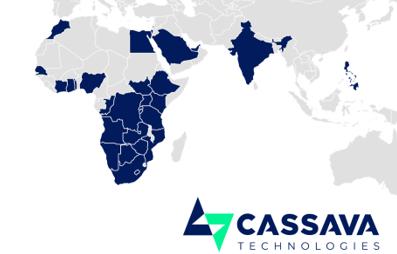

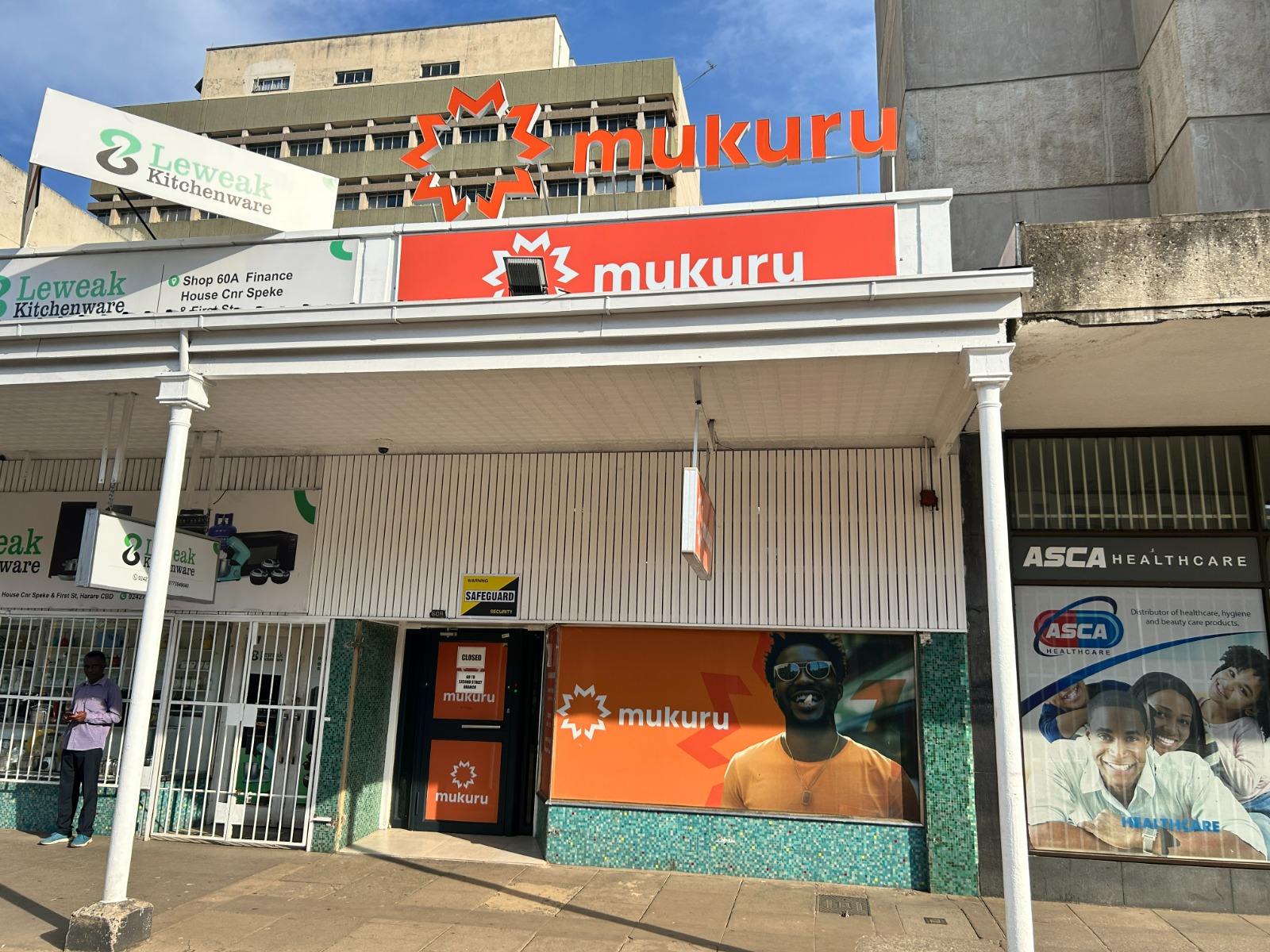

Comments
4 responses
On power everything someone said do not attempt to power stoves or items with hot elements? is that true
Apologies for the late response Frank. Stoves and Hot elements can be powered by the right type of inverter. The Victron inverter for example can do this quiet comfortably as long as the demand does not exceed the inverters continuous rating.
Your articles are always informative,great work.however i hv a question for you.ndane tym ndichi trier ku charger laptop pa solar system 50 Watts solar module,12v inverter utwu twema R200 kuJoni and a 65 AH battery but whenever i try to charge inverter yacho inobva yadzima zvekuratidza kukurirwa.what myt b wrong?looking forward to your respond.thanx.
Hi Gift, thanks for the kind comments and apologies too for the late response to your question here. you did not mention the size of your inverter, however, it maybe that the waveform produced by your inverter does not agree with your laptops power pack. What I immediately see though, is that your solar panel maybe too small to charge your battery while powering the laptop at the same time. You maybe taking out too much power from the battery and thus it is never really fully charged. In this case after a few days, the inverter may actually trip as there is too little power stored in the battery. Please email us at tech@clamorepower.com for quicker responses,